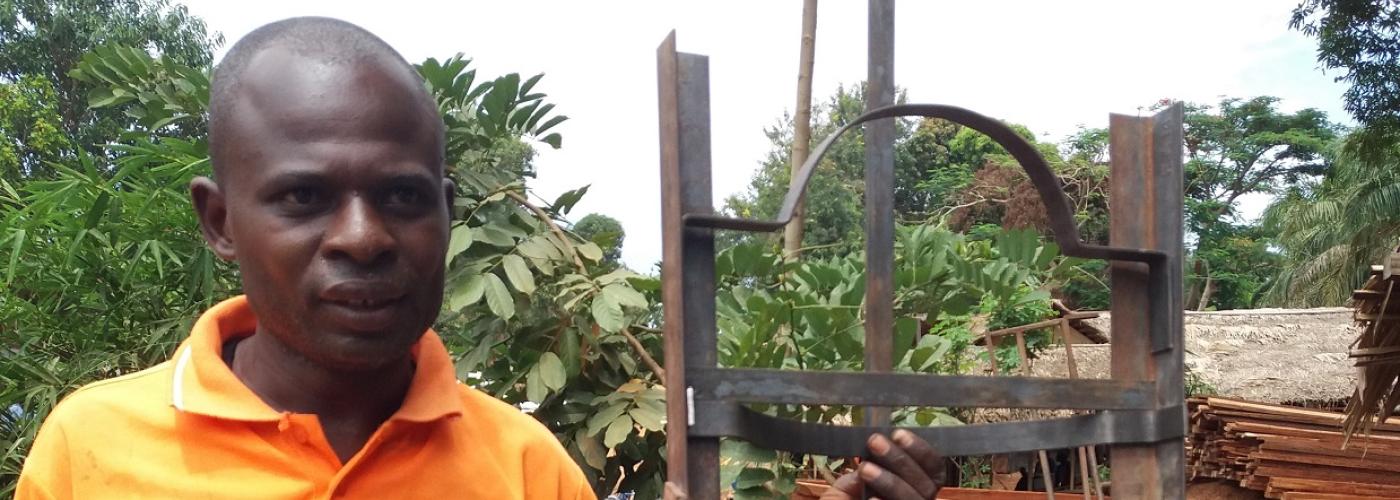General information
Title
Support to Interruption of Transmission of Human African Trypanosomiasis (HAT) by 2030
ID
XM-DAC-2-10-8145
CRS ID
2022008145
Start date
End date
Activity status
Implementation
Budget
€9.546.737
Actor
ITM Institute of Tropical Medicine ANTWERPEN - ANVERS
Country
CONGO (DEMOCRATIC REP.)
Sector
Health - Basic Health - Infectious disease control
Aid type
Core support to NGOs, other private bodies, PPPs and research institutes
Priority partner country
Yes
Fragile state
Yes
Least developed country
Yes
Budgetline
54 41 452539 Toelagen aan het Instituut voor Tropische Geneeskunde
Finance type
GRANT
Tied status
No
Flow type
ODA
Body
General
The objective of this intervention is to assure access to quality care concerning human African Trypanosomiasis (HAT), for all people in DRC at risk by 2026 This should enable interruption of HAT transmission by 2030, which is the general objective of all interventions in support of HAT control in DRC and the goal of the WHO roadmap for HAT. The present intervention supports the control of Human African Trypanosomiasis (HAT or sleeping sickness) in DRC, which mainly affects the rural poor. The intervention will contribute to Belgium’s international commitment, which, together with BMGF, took the lead in 2017 to eliminate sleeping sickness. Combined with other interventions in support of HAT control, this support should lead to the interruption of HAT transmission by 2030. In contrast to other interventions in the multi-year program between ITM and DGD, research will be limited. However, the expected impact on the population is high and the lessons learned could also be useful for the Congolese health system.
Following the declining prevalence of the disease in the last years, strategies must be adapted to allow further progress. The introduction of more targeted and diverse approaches applied through this intervention, will increase the chance to detect remaining hotspots of transmission and increase insight in the remaining disease transmission. Innovative strategies that are adapted to specific contexts will enable to achieve a better coverage, which is a key element in ensuring that elimination of transmission can be reached. At the same time, quality assurance will be reinforced.


